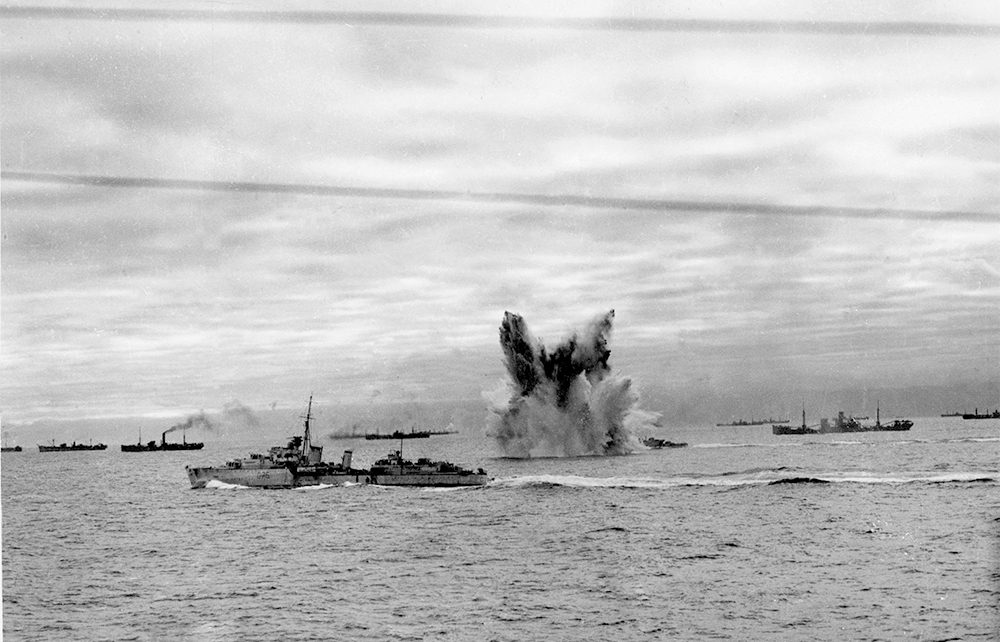You need only mild interest in the second world war to be aware of the Arctic convoys of 1941-45, escorted by the Royal Navy through savage weather and unimaginable cold to deliver supplies to Russia. Their purpose was to keep Russia in the war; the conditions were such that storms could last nine days, blowing ships hundreds of miles apart and playing havoc with communications. That’s not to mention enemy action by submarine, air attack and large surface raiders such as the Tirpitz and Scharnhorst. Some 4.5 million tons of aid were delivered at the expense of 119 ships and 2,763 lives lost. Was it worth it?
Opinion at the time was divided. Some maintained that there was no point in diverting scarce resources to Russia following the German invasion because it would soon either collapse or reach a separate peace deal. Others argued that the point was political, a gesture to keep Russia in the fight because, with its vast resources and willingness to incur any number of casualties, it would eventually prevail unaided. Yet others claimed Russia could be adequately supported via Persia (now Iran) and the Far East, with no need for convoys. Others again thought it essential both politically and militarily to provide Russia with the wherewithal to continue fighting, especially in the early years. This latter view, urged from the start by Churchill and gradually by Roosevelt – in both cases against the inclinations of senior naval and military staff – prevailed. Russia was ‘the key to breaking German land power and limiting the western blood price’.
Soviet appreciation of the efforts and sacrifices made was often grudging, while the demand was for ever more
Andrew Boyd’s account of these and other machinations is authoritative and compelling. He eschews blow-by-blow individual accounts of convoy life on the grounds that these are well covered elsewhere, concentrating instead on the how and why of the strategy at governmental and command level, while offering a continuous and penetrating analysis of its effectiveness.







Comments
Join the debate for just £1 a month
Be part of the conversation with other Spectator readers by getting your first three months for £3.
UNLOCK ACCESS Just £1 a monthAlready a subscriber? Log in